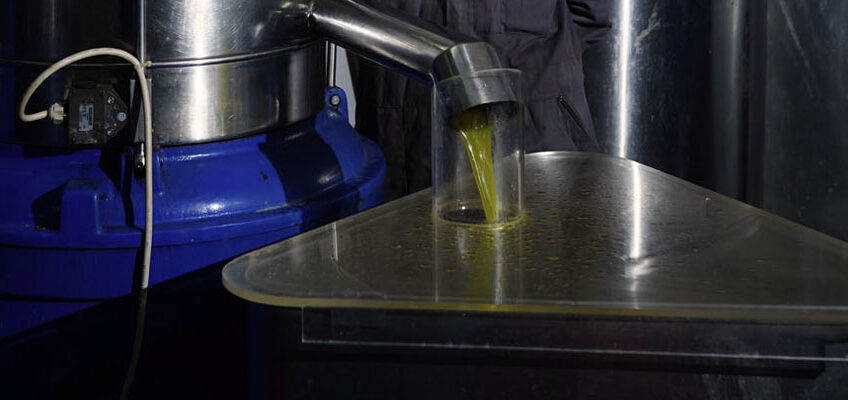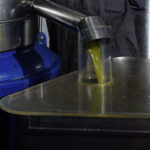In the olive oil world, where the terms “Cold Pressed” and “Cold Extracted” stand out as markers of high quality and superior taste, these remain quite abstract concepts to consumers, failing to comprehend their real significance and relevance, and often confusing them to be one of the same.
The similarity is actually in the olive oil production process, by mechanical means, at controlled temperature – typically below 27°C -, ensuring that the oil retains its original taste, aroma and nutrients. This entails grinding the olives and then separating the solids and fruit water from the oil, either via traditional pressing or modern centrifugation; and here lies the difference, in the oil extraction method that has greatly evolved over time.
Deciphering the labels
“Cold Pressed” olive oil is produced by the traditional method of pressing, using a mechanical or a hydraulic press that applies pressure to the olive paste to separate the oil from the solids; While “First Cold-Pressed” refers to the very best quality of cold pressed olive oil obtained from the primary pressing; Whereas “Cold Extracted” olive oil is produced by the modern method of centrifugation, rotating the olive paste really fast to separate the oil from the paste, and yields the highest quality.
Values behind the labels
Cold processing, without the use of heat or chemical solvents, preserves the integrity of the olive fruit and produce a high-quality and flavorful olive oil that holds its natural attributes and intrinsic characteristics:
- Purity and integrity: Minimally processed, free from additives, the oil remains unadulterated and pure.
- Nutritional Value: In the absence of heat during extraction, the oil keeps most of its nutritional content that would otherwise be lost. It’s high in nutrients, loaded with healthy fats (high level of oleic acid unsaturated fat, omega-6 and omega-3 fatty acids…), packed with potent antioxidants, rich in vitamins E and K, and contains dozens of powerful plant compounds.
- Flavor Profile and Aroma: The oil boasts a full, robust flavor profile, with fruity and peppery notes, and a distinct, fresh aroma, that are unaltered by the high temperatures used in other extraction methods.
- Health Properties: The oil is rich in monounsaturated fats which are heart-healthy and beneficial for managing cholesterol levels; with high levels of antioxidants like vitamin E and phenolic compounds, beneficial for combating oxidative stress and inflammation and lowering the risk of chronic diseases.
- Low Acidity: Processing at low temperature results in a lower acidity, which leads to a high-quality oil. Acidity is the weight ratio of free oleic acid in comparison with the total quantity of oil.
- Culinary applications: Full of flavors and aromas, the oil is a versatile and healthy choice for culinary applications including dressing, marinating, sautéing, roasting, baking and frying.
In conclusion, cold extracted olive oil stands as a premium choice for its nutrient-rich profile, robust flavors that enliven the food, health benefits that promote well-being, and superior quality. Opting for a cold extracted olive oil is a step towards a tastier and healthier daily cooking. But selecting an extra virgin olive oil that is cold extracted, would afford exceptional quality and ultimate experience in every drop of oil you use.







Leave a Reply